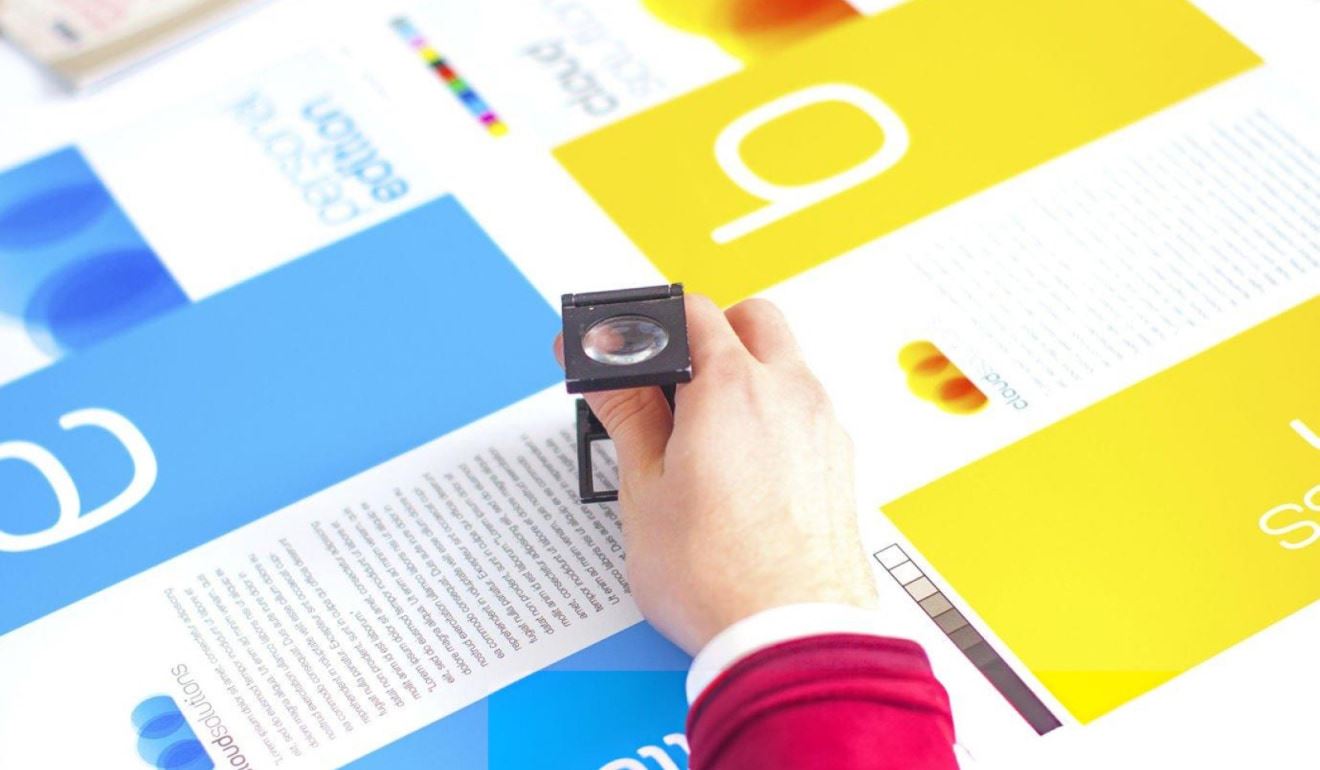Type Design Resources, the ultimate online destination for a wide range of type design resources.
Decoding Font Psychology: How Typography Shapes Brand Identity

In the world of design, typography is much more than just a stylistic choice. It’s a powerful tool that can significantly influence how a brand is perceived by its audience. From the shape and weight of letters to the spacing between them, every aspect of typography communicates a message, whether consciously or subconsciously. Understanding the psychology behind fonts and how they impact brand identity is crucial for designers, marketers, and business owners who want to create a strong, memorable brand.
The Psychological Impact of Typography
Fonts evoke emotions and convey messages beyond the literal meaning of the words they represent. This phenomenon is rooted in the psychology of typography, where different styles and types of fonts trigger specific emotional responses in the viewer. For example:
Serif Fonts: Traditionally associated with reliability, professionalism, and authority. Think of fonts like Times New Roman or Georgia, which are often used by financial institutions, law firms, and newspapers to convey trustworthiness and stability.
Sans-Serif Fonts: Modern, clean, and straightforward. Fonts like Arial, Helvetica, and Calibri are commonly used in tech companies and startups to communicate innovation, simplicity, and approachability.
Script Fonts: Elegant and sophisticated, often used in luxury brands or invitations. Fonts like Brush Script or Lobster add a touch of personalization and creativity, making them ideal for brands that want to appear stylish or exclusive.
Display Fonts: Bold, distinctive, and attention-grabbing. These fonts are perfect for brands that want to make a statement and stand out from the crowd, often used in entertainment or fashion industries.
The choice of font can influence how a brand is perceived in just a few seconds, making it a critical aspect of brand identity.
How Typography Shapes Brand Perception
Typography doesn’t just influence emotions; it also plays a pivotal role in shaping how a brand is perceived in the market. The choice of font can communicate a brand’s values, culture, and positioning without a single word being spoken. Here’s how:
Consistency and Cohesion: A well-chosen font that aligns with the brand’s message ensures consistency across all touchpoints. Whether it’s on the website, business cards, packaging, or advertising, consistent typography helps to reinforce brand identity and makes the brand easily recognizable.
Differentiation: In a crowded market, differentiation is key. Typography can help a brand stand out by choosing a font that is unique and memorable, yet still aligned with the brand’s core values. For example, Coca-Cola’s use of its iconic script font has become synonymous with the brand itself, setting it apart from competitors.
Professionalism and Credibility: The right font can enhance a brand’s credibility. A poorly chosen font, on the other hand, can make even the most professional content appear amateurish. For instance, using Comic Sans for a legal document would undermine the seriousness of the content, while a serif font like Garamond would enhance its credibility.
Practical Tips for Choosing the Right Typography for Your Brand
Selecting the right font for a brand involves more than just picking one that looks good. Here are some practical tips to guide the process:
Understand Your Brand’s Personality: Before choosing a font, it’s essential to have a clear understanding of your brand’s personality. Is it playful or serious? Modern or traditional? The font should reflect these characteristics.
Consider Readability: While aesthetics are important, readability should never be compromised. Ensure that the chosen font is legible across all mediums, from large billboards to small mobile screens.
Test Across Different Platforms: A font might look great on your website, but how does it appear in print or on social media? Testing your typography across different platforms ensures that your brand’s identity remains consistent and effective.
Pair Fonts Carefully: Using more than one font can add visual interest, but it’s important to pair them carefully. A general rule of thumb is to combine a serif font with a sans-serif font to create a balanced and harmonious look.
Typography is a powerful tool that can shape a brand’s identity and influence how it is perceived by its audience. By understanding the psychology of fonts and strategically choosing typography that aligns with your brand’s values, you can create a strong, cohesive brand identity that resonates with your target audience. Remember, every letter, space, and curve matters—make them work for your brand, not against it.
Investing time in selecting the right typography isn’t just a design decision; it’s a strategic move that can enhance brand recognition, build credibility, and ultimately contribute to the success of your brand in a competitive marketplace.
FAQ
Font psychology refers to the study of how different typefaces evoke specific emotions and perceptions in viewers, influencing how they interpret and respond to a brand's message.
Typography shapes brand identity by conveying the brand’s personality, values, and positioning. The choice of fonts influences how a brand is perceived in terms of professionalism, trustworthiness, and uniqueness.
Serif fonts are considered traditional and formal, often used in academic and legal documents. Their detailed design and historical usage create an impression of reliability and authority.
Yes, typography can significantly impact how trustworthy a brand appears. A well-chosen, consistent font that aligns with the brand's message can enhance credibility, while a poor choice can detract from it.
Serif fonts have small lines or extensions at the ends of their characters, while sans-serif fonts do not. Serif fonts are often seen as traditional and formal, while sans-serif fonts are viewed as modern and clean.
Unique and memorable typography sets a brand apart from competitors, reinforcing its identity and making it more recognizable across various media.
Readability ensures that the text is easy to read and understand across different platforms and sizes. A highly readable font improves user experience and keeps the audience engaged.
Yes, using multiple fonts can add visual interest, but they should be carefully paired to maintain harmony and avoid clutter. Combining a serif with a sans-serif font is a common practice.
Typography affects readability, emotional response, and brand perception, all of which can impact user behavior and conversion rates. A clear and appealing font can encourage users to take action.
Typography affects readability, emotional response, and brand perception, all of which can impact user behavior and conversion rates. A clear and appealing font can encourage users to take action.
Start by understanding your brand’s personality and values. Consider readability, test across different platforms, and ensure the font aligns with your brand’s overall message and audience expectations.








